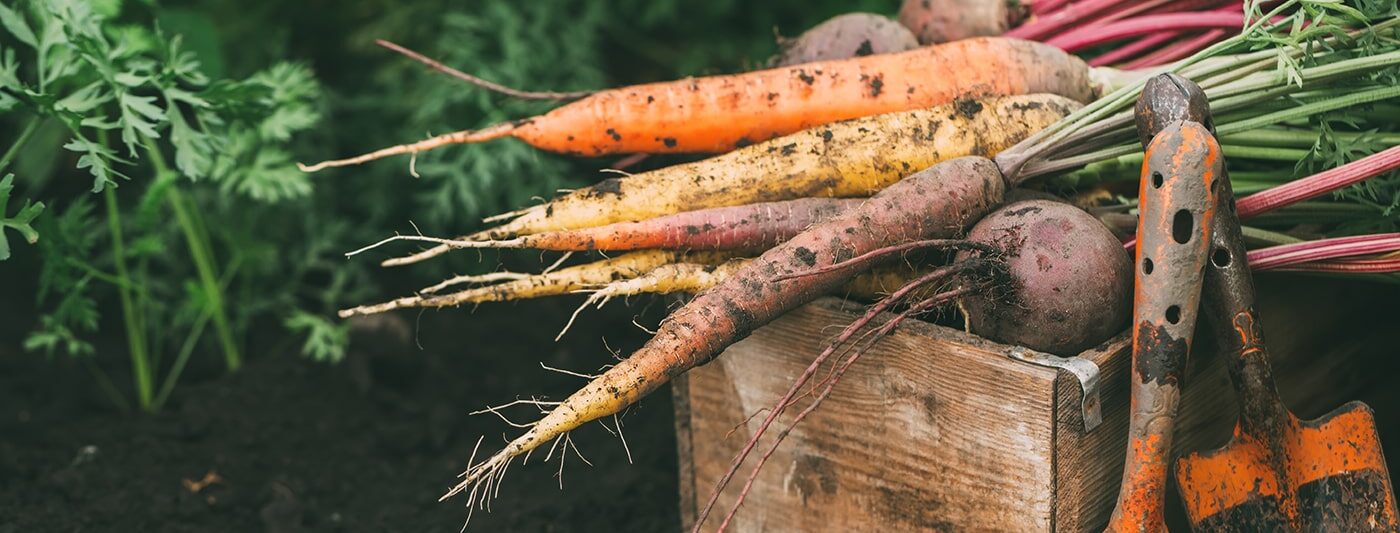When we moved from our tiny New York City apartment out to the ‘burbs’ some nine years ago now, I rubbed my hands with glee. No longer was I constrained for veggie-growing locations (growing food was something I’d longed to do more of). Space was abundant! I began planning my first ‘real’ garden, eyeing up the nice bed by the kitchen door – handy to pop out to for something to add into the cooking! Oh, was I wrong…
“Aren’t those old railroad ties used to frame the bed?” a friend of mine asked innocently as I shared my ideas with her. And then it hit me, treated wood such is a source of chemical contaminants and railroad ties are known for containing arsenic and lead. Ugh, not what I was hoping to expose my soon-to be flourishing organic produce to.
Hubby gallantly said he would re-frame the bed to get rid of the ties. We were also hoping to start a family at the time, and chemical contaminants outside the back door was not ideal for that either. I quickly nodded my agreement. But I also wanted to know how badly the soil had been contaminated, so I sent a sample off to be tested. Sure enough, its arsenic levels came back high.
So what did we do? Well, we scrapped the idea of growing veggies there. I was also starting to wonder what other contaminants might be lurking in the yard’s soil since the previous owners had not practiced organic gardening and our property does get quite a bit of surface water run-off from uphill properties when it rains. So we decided to go with raised beds and “clean” soil sourced from a local supplier which we also had similarly tested before buying.
So, if you’re growing veggies at home I would highly recommend thinking about the soil in which they’re grown. Here are some tips and resources you can take advantage of:
- Test your soil for contaminants, especially if you’re going to be growing food. Here are some soil testing resources:
- Connecticut: http://www.ct.gov/caes/cwp/view.asp?a=2836&q=378206
- New York: http://www.brooklyn.cuny.edu/web/academics/centers/esac/services/soil.php
- New Jersey: https://njaes.rutgers.edu/soiltestinglab/howto.asp
- Massachusetts: https://soiltest.umass.edu/fact-sheets/soil-lead-testing-interpretation-recommendations
- Don’t plant veggies right next to building foundations, especially if it’s an old building that may have had lead paint used on it
- Don’t use railroad ties or treated lumber to construct garden beds. It’s also not a good idea for regular planting beds especially if children will be around them
- If your garden is near a road or railway, use a fence or hedge as a barrier to block dust from potential sources of contamination
- If your soil tests positive for contaminants, consider mulching thickly (roughly 4 inches), possibly with landscape fabric under, to minimize contact with the soil. And teach kids not to eat dirt. Find alternative locations to grow vegetables and fruits.
How did our raised beds turn out? Well, I discovered that while I am definitely not a great gardener, I can do enough to produce a modest crop for us to munch on in the warmer seasons (and even process some for use during the winter months). And one of the most valuable outcomes of growing food has been seeing our kids so involved in the activities in the garden. They regularly come to the kitchen with “treasures” they have discovered, demanding that we prepare them for dinner. I couldn’t ask for more.


 Get Your Health on For the Fourth of July!
Get Your Health on For the Fourth of July!